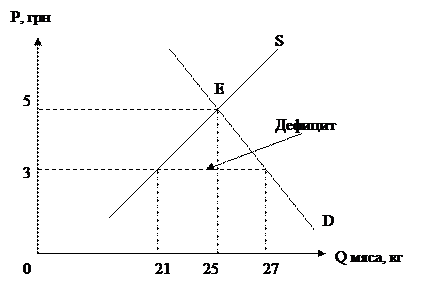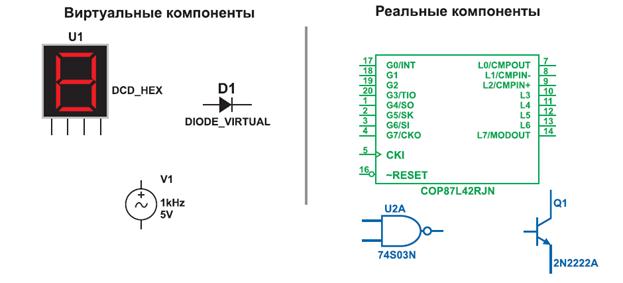TEXT 30 History. Ancient maps
The oldest existing map appears on a clay tablet made in Babilonia (now part of Iraq) around 2500 B.C. This map seems to show a settlement in a mountain-lined river valley. The Babilonians had a lasting influence on mapmaking. They developed the system of dividing a circle into 360 equal parts called degrees. We use this system to measure latitude and longitude. The Egyptians made maps as early as 1300 B.C. They developed techniques of surveying, probably to remap property boundaries each year after the Nile River flooded its banks. The Greeks made great advances in geometry and surveying, and they developed systems of map projection. The Greeks also speculated about the size and shape of the earth. Many of them believed it was a sphere. The Greek mathematician Eratosthenes calculated the circumference of the earth with remarkable accuracy around 250 B.C. The most influential mapmaker of ancient times was probably Claudius Ptolemy, a Greek astronomer and geographer who worked in Alexandria, Egypt, around A.D. 150. Ptolemy brought together what was known about the world in his eight-volume Geography. It included maps and a list of about 8000 places along with their latitude and longitude. Ptolemy also provided instructions for various systems of map projection. Maps in the Middle Ages. Little scientific progress occurred in European mapmaking during most of the Middle Ages, the period that lasted from about 400 to the late 1400’s. During the 1300’s, however, European mapmakers began producing portolan charts, a group of maps notable for their accuracy. These navigation aids showed the coastline of the Mediterranean Sea and nearby regions in great detail. Lines across the map helped sailors determine compass directions. During the Middle Ages, progress in mapmaking occurred mainly in the Arab world and China. Arab scholars developed methods of determining latitude and after Ptolemy’s Geography was translated into Arabic in the 800’s. The earliest known printed map appeared in a Chinese encyclopedia around 1155, more than 300 years before printed maps were produced in Europe. I. Study the following words & word combinations from the text: mapmaking, clay tablet, remap, projection, circumference, remarkable, accuracy, latitude, longitude, occur, notable, navigation, coastline, nearby, appear, encyclopedia, compass, speculated.
II. Form the verbs from the following nouns from the text, translate them: mapmaker, determining, existence, projection, surveying, calculation, instruction, direction, navigation.
III. Make up your own sentences with the following word combinations: scientific progress, notable accuracy, equal parts, European mapmakers, various instructions, map projection.
IV. Answer the following questions to the text:
1. What did the Babilonians develop around 2500 B.C.? 2. When did the Egyptians make maps? 3. What did the Greek mathematician calculate? 4. What can you say about Claudius Ptolemy? 5. Where did mapmaking do progress during the Middle Ages?
V. Give a short summary of the text ‘ Ancient maps’
|




